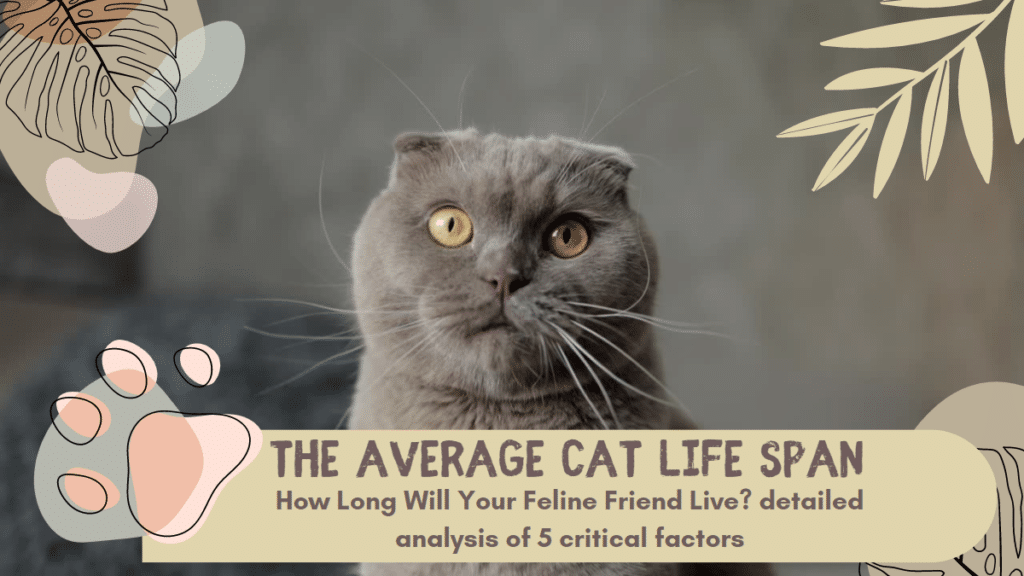are cats nocturnal?
are cats nocturnal? In the enigmatic realm of feline behavior, one question continues to mystify cat enthusiasts and novices alike: Are cats truly nocturnal creatures? This article delves into the fascinating world of cat behavior, shedding light on their activity patterns and uncovering the truth behind their mysterious nocturnal reputation.
Decoding Feline Behavior
Understanding the Circadian Rhythms
To unravel the mystery of feline nocturnality, it’s imperative to comprehend the intricate workings of a cat’s circadian rhythms. Unlike humans, cats are crepuscular beings, meaning they are most active during the dawn and dusk hours. This unique biological trait can be traced back to their evolutionary history as predators, aligning their waking hours with optimal hunting times.
Delving deeper into the evolutionary aspect, it becomes apparent that this crepuscular behavior is a finely tuned survival strategy honed over millennia. In the wild, where the ancestors of domestic cats once roamed, these twilight hours offered a delicate balance between the cover of darkness and the emerging light. This evolutionary adaptation not only allowed cats to exploit the advantage of reduced visibility for stealthy hunting but also ensured they were active when their prey, often similarly adapted to crepuscular activity, was most abundant. Hence, this behavioral quirk is not a random occurrence but a well-honed instinct that has persisted through generations, shaping the very essence of what it means to be a cat.
The Crepuscular Advantage
Cats’ crepuscular nature grants them a strategic advantage in the wild. During the early morning and late evening, their keen senses are heightened, enhancing their hunting prowess. This behavior isn’t a mere preference; it’s an instinctual adaptation that has persisted through generations.
Myth Busting: Nocturnal vs. Crepuscular
Dispelling the Nocturnal Myth
Contrary to popular belief, cats are not nocturnal creatures. The term “nocturnal” implies an animal’s primary activity occurs during the night, which doesn’t align with the crepuscular tendencies of our feline companions. Understanding and acknowledging this distinction is crucial to gaining a more accurate insight into their behavior.

Unveiling the Crepuscular Reality
By recognizing cats as crepuscular rather than nocturnal, we dispel misconceptions and gain a deeper appreciation for their natural instincts. This understanding fosters better relationships between humans and their feline friends, as it encourages aligning activities, such as play and feeding, with the times when cats are naturally most active.
The Science Behind Feline Behavior
Adapting to Domesticity
In the context of domestication, cats have adapted to human schedules while still retaining their crepuscular inclinations. This duality poses an interesting challenge for cat owners seeking to optimize their pets’ well-being. Striking a balance between respecting a cat’s natural behavior and integrating them into a human-centric lifestyle is key to fostering a harmonious relationship.
Creating an Enriching Environment
Understanding the science behind feline behavior allows us to create environments that cater to a cat’s instincts. Providing interactive toys, engaging activities, and strategically timed meals align with their crepuscular patterns, ensuring a fulfilled and contented cat.
Practical Tips for Cat Owners
Tailoring Daily Routines
For cat owners seeking to enhance their furry companion’s well-being, incorporating a few simple adjustments to daily routines can make a significant difference. Scheduling play sessions during the early morning and evening, along with timed feedings, helps mimic their natural behavior and prevents boredom-related issues.
Investing in Interactive Toys
Interactive toys play a pivotal role in stimulating a cat’s mind and body. Opting for toys that mimic prey behavior or encourage problem-solving not only keeps cats entertained but also taps into their innate hunting instincts.
Conclusion
In conclusion, the age-old notion of cats being nocturnal creatures is a misconception rooted in a lack of understanding of their unique behavior. By embracing their crepuscular nature, cat owners can foster healthier, more enriching relationships with their feline companions. Understanding the science behind feline behavior empowers us to create environments that cater to their instincts, ensuring a life of contentment and vitality for our beloved pets.
Expanding on this insight, it’s crucial for cat enthusiasts and owners alike to recognize that embracing the crepuscular rhythm of cats is not merely a concession to their biological predispositions. Instead, it’s an opportunity to forge a deeper connection with these enigmatic creatures. By aligning our interactions, playtimes, and feeding schedules with their natural instincts, we not only enhance their well-being but also partake in a more authentic and harmonious companionship. So, the next time your feline friend stretches and yawns as the sun begins to set, remember, you are witnessing not just a routine but a manifestation of their ancestral legacy, a testament to the enduring marvel that is the crepuscular cat.
You May Also Like: Mental Health Benefits of Owning a Cat: 7 important factors to consider

